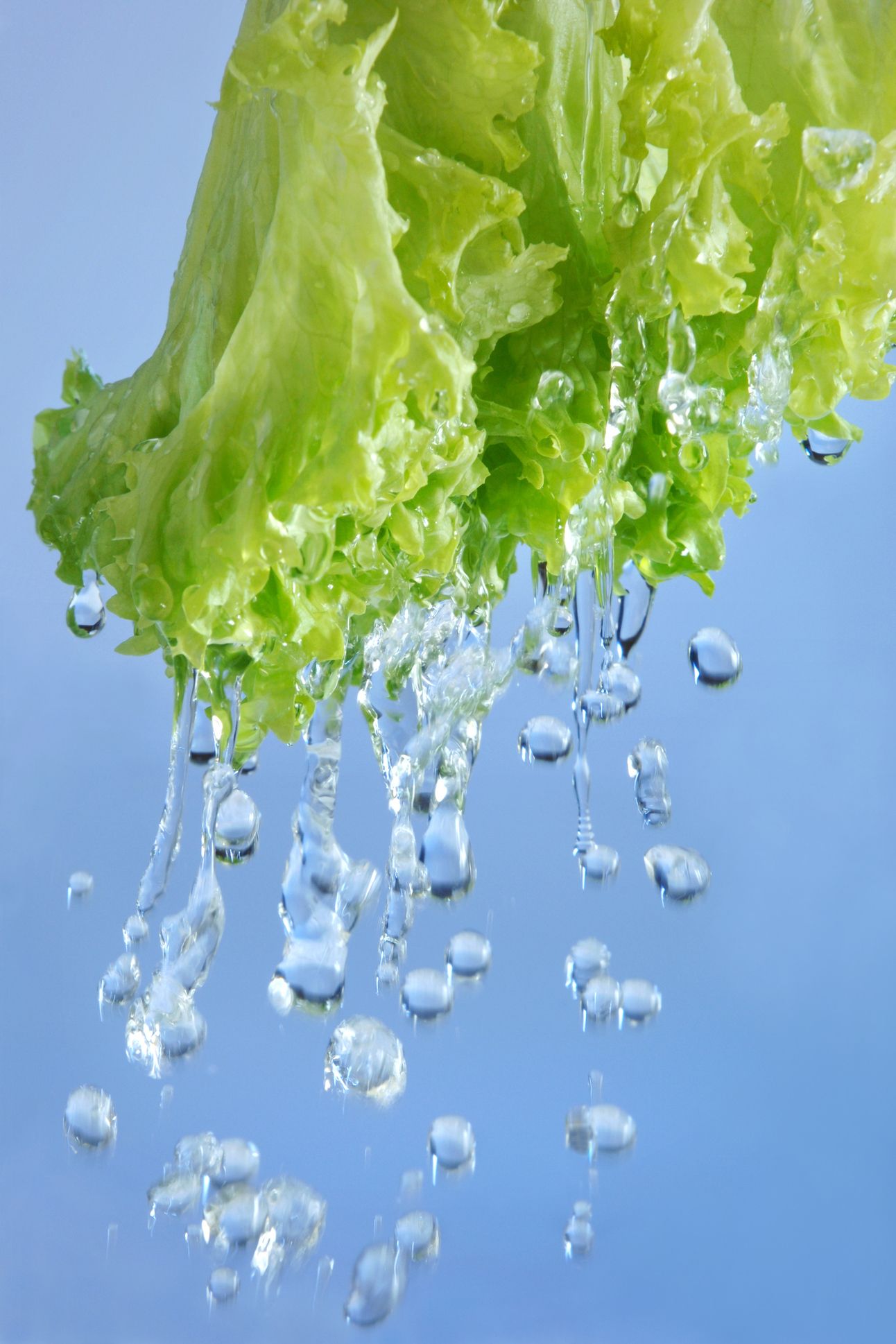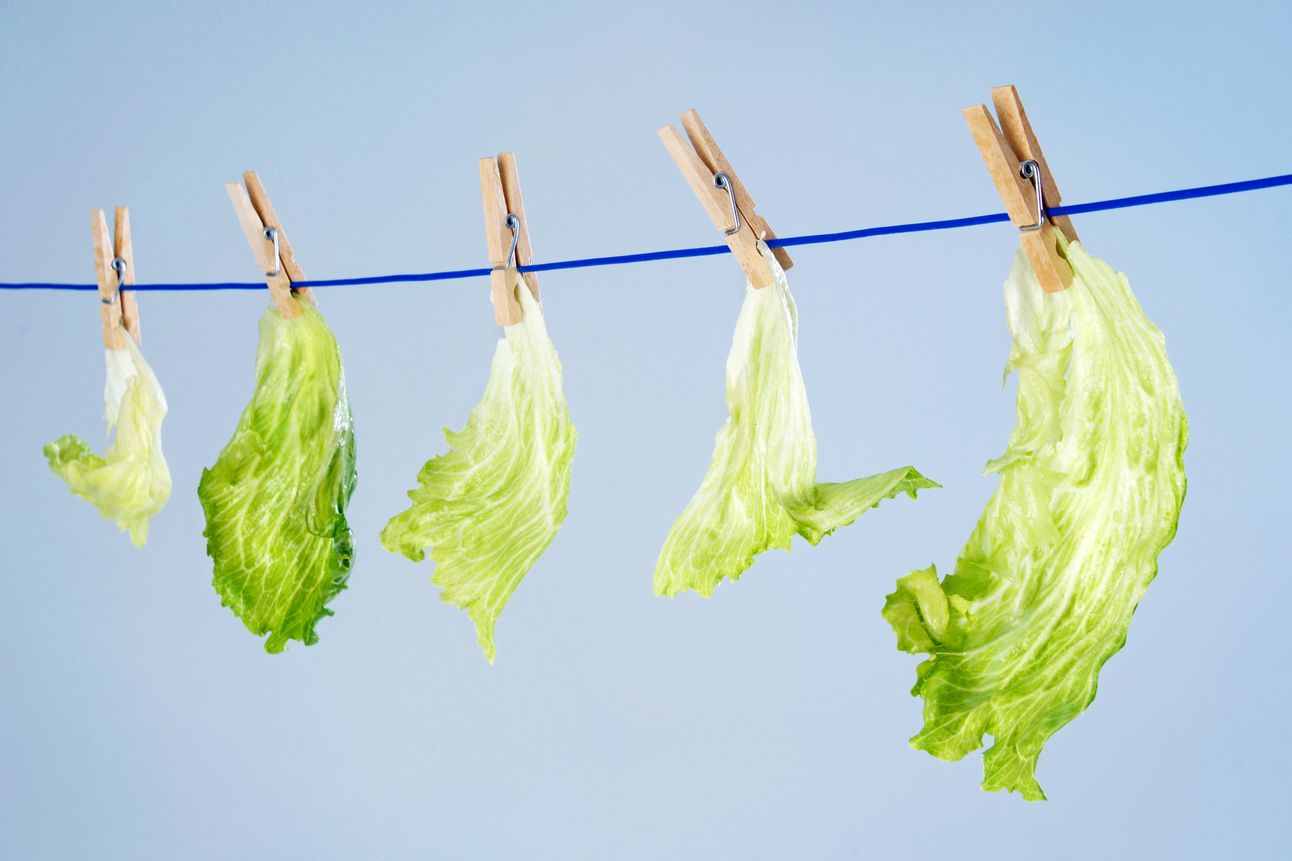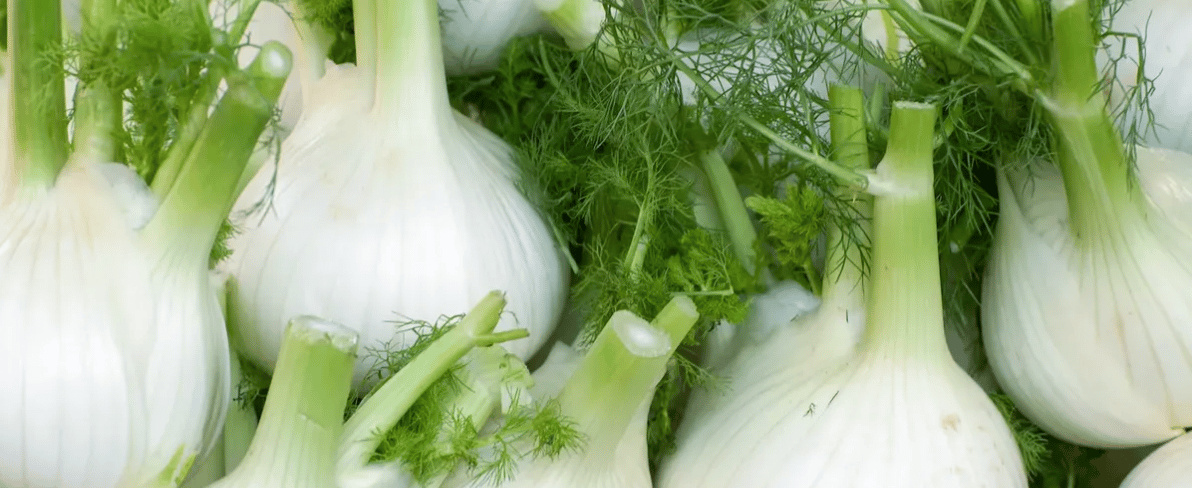- The Bite from Salon.com
- Posts
- The dessert that transformed my salad game
The dessert that transformed my salad game
Plus, tomatoes and "Tucci in Italy"

The Bite subscribers can now join the conversation — click the speech bubble icon to leave a comment or click the heart to like this post.
What does lettuce really taste like?
A few weeks ago, I picked up “The Book of Greens: A Cook’s Compendium,” hoping to claw my way out of what the author, Jenn Louis, diagnosed as a “three-green rut.” I had been making predictable salads — kale, romaine, a grudging nod to cabbage — and the book, which catalogs more than forty varieties of greens, seemed like the sort of thing that might inspire transformation. At the very least, I thought I’d meet a chic new chard.
I flipped through it dutifully, flagging recipes like Grilled Cabbage with Miso and Lime, a smoothie made with radish tops and mango and something involving tomato leaves in dough — dishes that suggested a certain culinary restlessness, or possibly a home cook on the brink. But what stopped me cold was a photograph: panna cotta.
It was a pale cream color, the texture of cappuccino foam. It wore ruby strawberries and a drizzle of olive oil like jewelry. I stared at it with reverence.

Francesco Carta fotografo / Getty Images
It was, of all things, a lettuce panna cotta.
The exact opposite of what I thought I was looking for. (Also perhaps: the kind of dish you’d expect from a chef with an herb garden tattoo and a philosophy minor.) I had picked up a book about adventurous greens, only to fall for the plainest one.
However, Louis makes a compelling case.
Dessert: The best way to wear your greens?
“Dessert is probably the best way to wear your greens,” Louis wrote of the dish. “The herbaceousness of butter lettuce lends itself perfectly to panna cotta. There is a gentle bitterness that cottons to the fat in the cream here. Then come the strawberries and their bright sweetness. A finish of olive oil and this truly wows. Use the outer leaves for this recipe. They are often larger, and they are not as pretty on salads. The inner leaves are a bit more gentle and often don’t have quite the flavor.”
This wasn’t just a recipe. It was doctrine: a working theory of lettuce, complete with a taxonomy of inner versus outer leaves.

Maartje van Caspel/ Getty Images
That kind of specificity? I live for it. I’ve spent entire evenings Googling ranch dressing varietals, decoding the semiotics of suburban chain restaurant menus, pondering the subtle thrill of foods that jiggle. So when Louis turned her focus on lettuce — lettuce! — and took it seriously, I felt a genuine jolt of recognition.
Here was a tiny rabbit hole of culinary nuance, and I was already halfway down.
Eventually, that rabbit hole left me with two questions. Had I been underestimating greens in desserts? And more fundamentally: What does lettuce actually taste like?
In the weeks since, I’ve been living a kind of lettuce double life. By day, I’ve been researching lettuce-based desserts like it’s a final project. By night, I’m tasting lettuce like someone meeting it for the very first time. At the grocery store, I linger in the produce section with the reverence of a botanist on sabbatical, basket brimming with romaine, iceberg, butter — anything leafy and remotely flirty. I pinch, sniff, nibble and nod like a sommelier of chlorophyll.
I’ll be honest: none of the greens-based desserts I found — watercress granita, radicchio brûlée — quite captured my imagination like the panna cotta. A spiced lettuce cake caught my eye for a moment, mostly because the author made a fair point: If we’ve accepted zucchini bread and carrot cake into the canon, why not lettuce? But in the end, I couldn’t quite get past the idea of a quarter-head of warm, shredded iceberg tucked into my cake bars. There are gentler ways to chase that texture.
Tasting notes: Cucumber, silk, vegetal Pop Rocks
Still, I came away with some notes:
Romaine opens with a crisp, faint sweetness and a clean green bite, anchored by the sturdy heft of its ribbed leaves. The heart softens — snappy, almost refreshing — like the green cousin of a cucumber spritz. Iceberg barely registers as flavor, but its crunch delivers deep satisfaction, especially the white core, which, when fresh, pops with subtle moisture like vegetal Pop Rocks.

Maartje van Caspel / Getty Images
Butter lettuce is the soft one, silky and a little floral, with a quiet nuttiness near the center that sneaks up on you like a secret whispered in a sunlit kitchen. And Louis was right: it’s the one that belongs in desserts. One slow weekend, deep into my lettuce spiral, I made the panna cotta. The butter lettuce brought something unexpected, a flavor gently tea-like, just a whisper of grass, with a bitterness like almond skin. It curled into the cream as if it had read the invite wrong, but everyone was too charmed to mind.
Now I can’t stop thinking about it. I’ve developed a new dream for the summer: a butter lettuce cheesecake. Lemon zest for brightness, a buttery shortbread crust to hold it all together without overpowering the green. Maybe crushed pistachios for some extra verdance, maybe a loose pouf of whipped cream. I want a dessert that barely registers as sweet. One that lingers like a scent you can’t place, but don’t want to stop breathing in.
If it turns out, I might even share the recipe. Who knows. Maybe we’ll have a few more greens-for-dessert believers by summer’s end.
Do you have a favorite lettuce — or perhaps big opinions about which lettuces should be used when? Let me know in the comments below.
Support our food journalism. Become a Salon member today!
What to make this week: Fennel salad with black plums, manchego and Marcona almonds

Getty Images
Like lettuce, fennel is often criminally underlooked. It’s the vegetable equivalent of a character actor: always playing support, rarely getting top billing. But raw fennel, shaved thin and layered with intention, brings more than crunch — it brings a cool, herbal clarity that makes the whole plate feel smarter. Especially when paired with something plush and juicy, like ripe black plums.
This salad recipe from deputy food editor Michael La Corte is a study in contrasts: the snap of fennel, the yielding flesh of stone fruit, the rich salt of manchego, the toasted crackle of Marcona almonds. “I didn’t love fennel right away,” he wrote. “But over time, it became the ingredient I can’t cook without.” His version gets brightened with supremed oranges and their juice, then glossed with olive oil and finished with pepper.
It’s excellent with grilled chicken or a thick slice of focaccia to soak up the dressing — or served all on its own, like a salad that knows it doesn’t need lettuce to be great.
What we’re reading and watching: Francis Lam on vinaigrette + “Tucci in Italy”

"Tucci in Italy" (National Geographic / Matt Holyoak)
Long before there was Roy Choi’s Big F**ing Salad, there was this gorgeous 2010 essay by now-“Splendid Table” host Francis Lam, hiding in Salon's archives like a good bottle of sherry vinegar on a back shelf. It's about vinaigrettes, technically — but really, it’s about learning how to taste.
Lam approaches salad dressing the way Jenn Louis talks about greens: with reverence for balance, for the dance of flavor and form and for the deep, daily pleasure of getting it just right. I came for the very detailed breakdown of what makes a vinaigrette work and left with the reminder that some of the most satisfying food writing starts with a question as basic as why does this taste good?
Looking ahead, as I am preparing to publish a series of tomato-themed stories for the month of June, I’m also working my way through “Ten Tomatoes that Changed the World: A History,” written by William Alexander. His argument is simple: The tomato gets no respect. Never has.
“Lost in the dustbin of history for centuries,” he writes, “accused of being vile and poisonous, subjected to being picked hard-green and gassed, even used as a projectile, the poor tomato has become the avatar for our disaffection with industrial foods — while becoming the most popular vegetable in America (and, in fact, the world).”
Perhaps expectedly, Alexander’s tale of the tomato begins in Italy, which brings me to my final recommendation of the long weekend: “Tucci in Italy,” which follows Stanley Tucci on a five-part journey through breathtaking landscapes, rich culinary traditions and the intimate cultural histories that shape Italian identity, region by region. It’s lovely slow television that keeps the focus on stories, not spectacle — and, as I discussed with the actor prior to the series’ release, has a quiet reference to Tucci’s iconic foodie film “Big Night.”
Until next week,
Ashlie Stevens, senior food editor
Reply